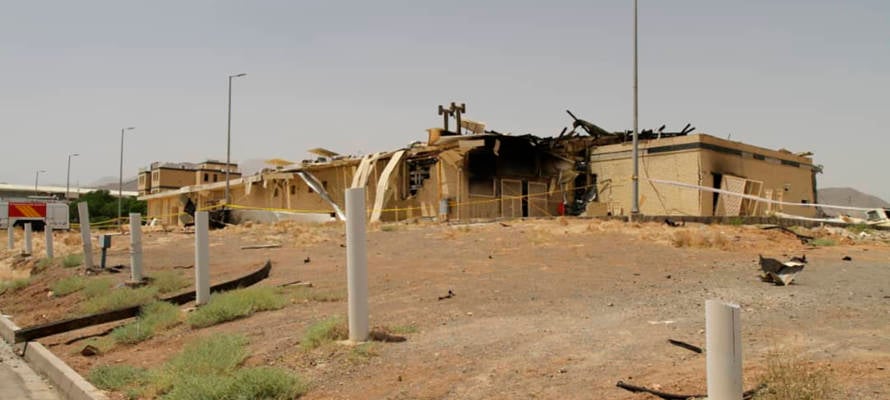A security expert estimates that most of Iran’s main centrifuge assembly hall was destroyed in last week’s mysterious explosion at Natanz nuclear facility.
By Yakir Benzion, United With Israel
An expert on Iran’s military nuclear program says the mysterious explosion last week that hit the top-secret Natanz nuclear facility destroyed nearly three-quarters of Iran’s main centrifuge assembly hall, The Jerusalem Post reported Thursday.
David Albright of the Institute for Science and International Security said the analysis was based on new satellite photographs that show heavier damage than the initial picture released by the Iranians last week. Albright concluded that the vast majority of the centrifuge assembly hall was wiped out, which likely means delays in Iran’s nuclear program and its quest for military grade uranium.
“It is clear that a major explosion took place, destroying nearly three-quarters of the main centrifuge assembly hall, generating a fire that blackened a major portion of the building, the blackening visible where the roof had been blown away by the explosion,” Albright told the Post.
“High-resolution commercial satellite imagery… shows that the Iran Centrifuge Assembly Center (ICAC) at the Natanz Enrichment Site has suffered significant, extensive, and likely irreparable damage to its main assembly hall section,” the institute said in a report on the incident.
Iranian officials initially played down reports of the incident at Natanz, saying it was only a fire, but then said they would retaliate against Israel after reports in the Arab media and the New York Times said that Israel was behind the explosion.
Albright said Iran’s shifting story helped confirm his findings.
“While early reporting from Iran suggested that a fire was ‘limited’ and restricted to a ‘shed under construction,’” Albright said, “more recent Iranian admissions are stating that the damage was ‘significant.’”
The Natanz explosion is the most significant of a series of explosions that hit Iran over the past few weeks including a major blast that appears to have destroyed an underground missile factory in the mountains outside of Tehran.
Iran started in early 2019 to violate the term’s of the 2015 nuclear deal, with estimates that before the Natanz explosion it was four to six months away from being able to produce a nuclear bomb, the report said.
